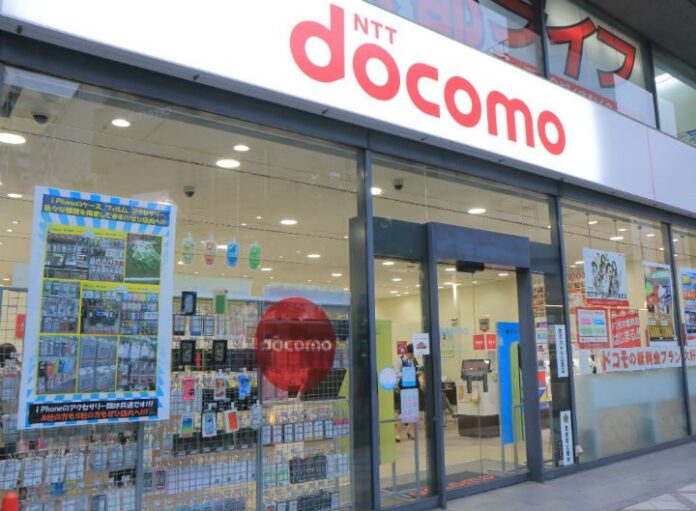Japanese telco NTT Docomo announced that it has developed an antenna system capable of creating a high-frequency mobile communication cell when a small piece of plastic is placed on top of a dielectric waveguide.
In a release, the carrier said that the solid plastic cube serves as an antenna by creating a “leak” from the cable to propagate signals up to several tens of meters. Docomo said it had successfully tested the system with an ultra-high-frequency 60 GHz radio signal, similar to those expected to be used in future 6G networks.
Docomo also expects this solution to be used to create instant mobile environments in indoor areas not reachable with highly directional high-frequency signals propagated by outdoor base stations.
This system, which the carrier named the “Drop-n-Prop Antenna,” takes advantage of the physical phenomenon of radio waves leaking (propagating) from the contact point created by placing (dropping) a small piece of plastic on top of a dielectric waveguide carrying the signal.
In the trial, the Japanese company constructed a communication area by running a rod-shaped dielectric waveguide made of polytetrafluoroethylene into an indoor area that was inaccessible to external mobile signals. The waveguide was embedded in a length of polystyrene-foam board with one side barely exposed to allow contact with antennas. Multiple communication cells were created simultaneously by placing antennas along various parts of the waveguide. Docomo also noted that signal coverage and direction were controlled by changing the material, shape and positioning of the antennas.
“Both millimeter waves (28 GHz) for 5G and higher frequencies expected to be used for 6G travel in very straight lines. It is difficult for such waves to reach devices not in a base station’s direct line of sight, or if the signals are blocked by surrounding obstacles,” the telco said.
“Docomo’s simple, low-cost antenna system merely requires a rod-shaped dielectric waveguide to be run into an area and then embedded in the floors, walls, ceilings, furniture or work surfaces. Communication areas can be constructed easily and unobtrusively in offices, factories, etc. and reconfigured quickly and flexibly just by moving the antennas as required,” the telco added.
The new antenna system also will help to lower energy use by efficiently propagating signals to desired areas only, thereby eliminating wasteful usage of power to propagate signals in areas where communication is not required.
Docomo will begin verifying a system using 28 GHz 5G radio signals in the first half of fiscal 2022 starting this April, with the aim of introducing a commercial version of its new antenna system as soon as possible.

